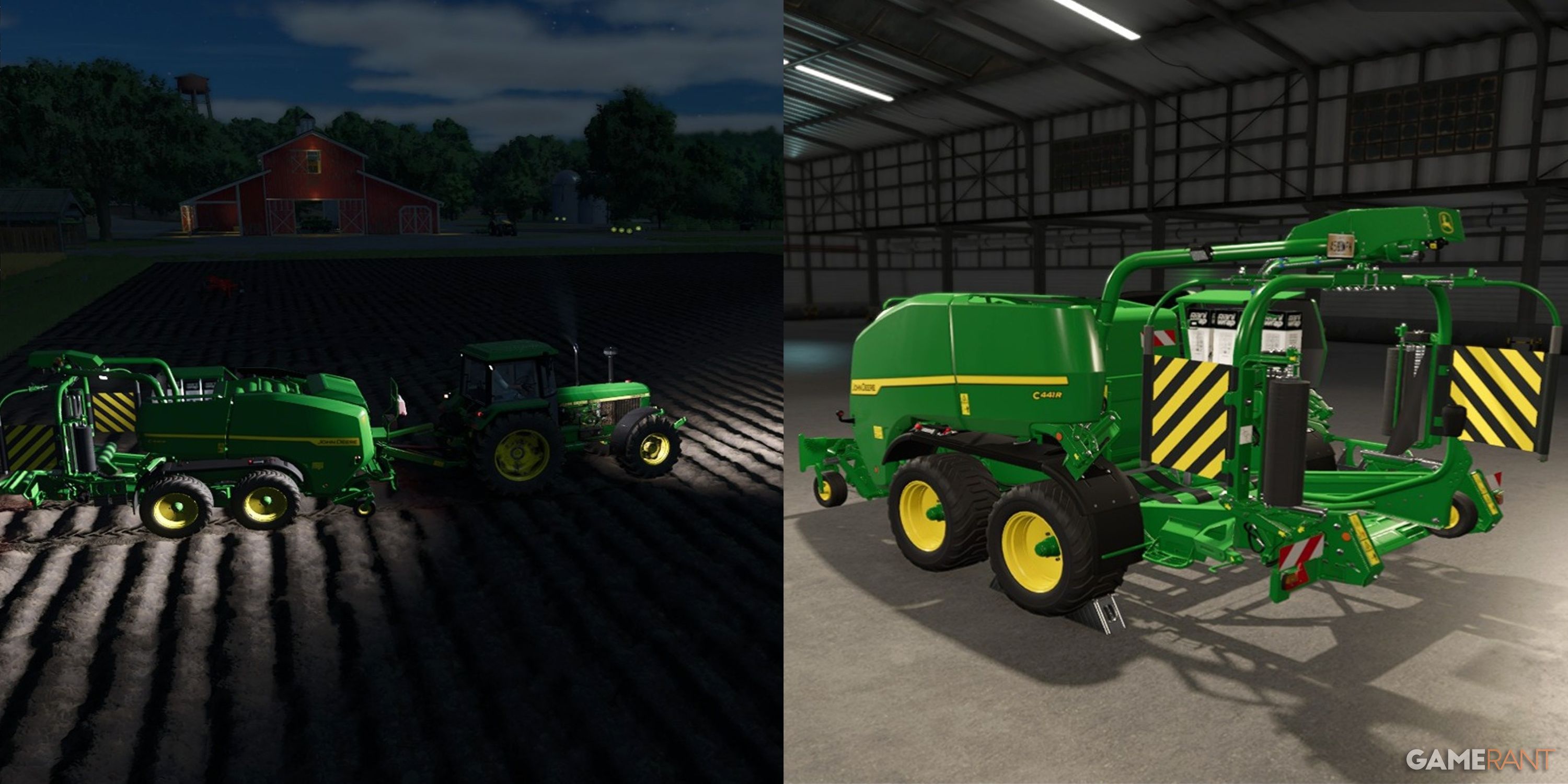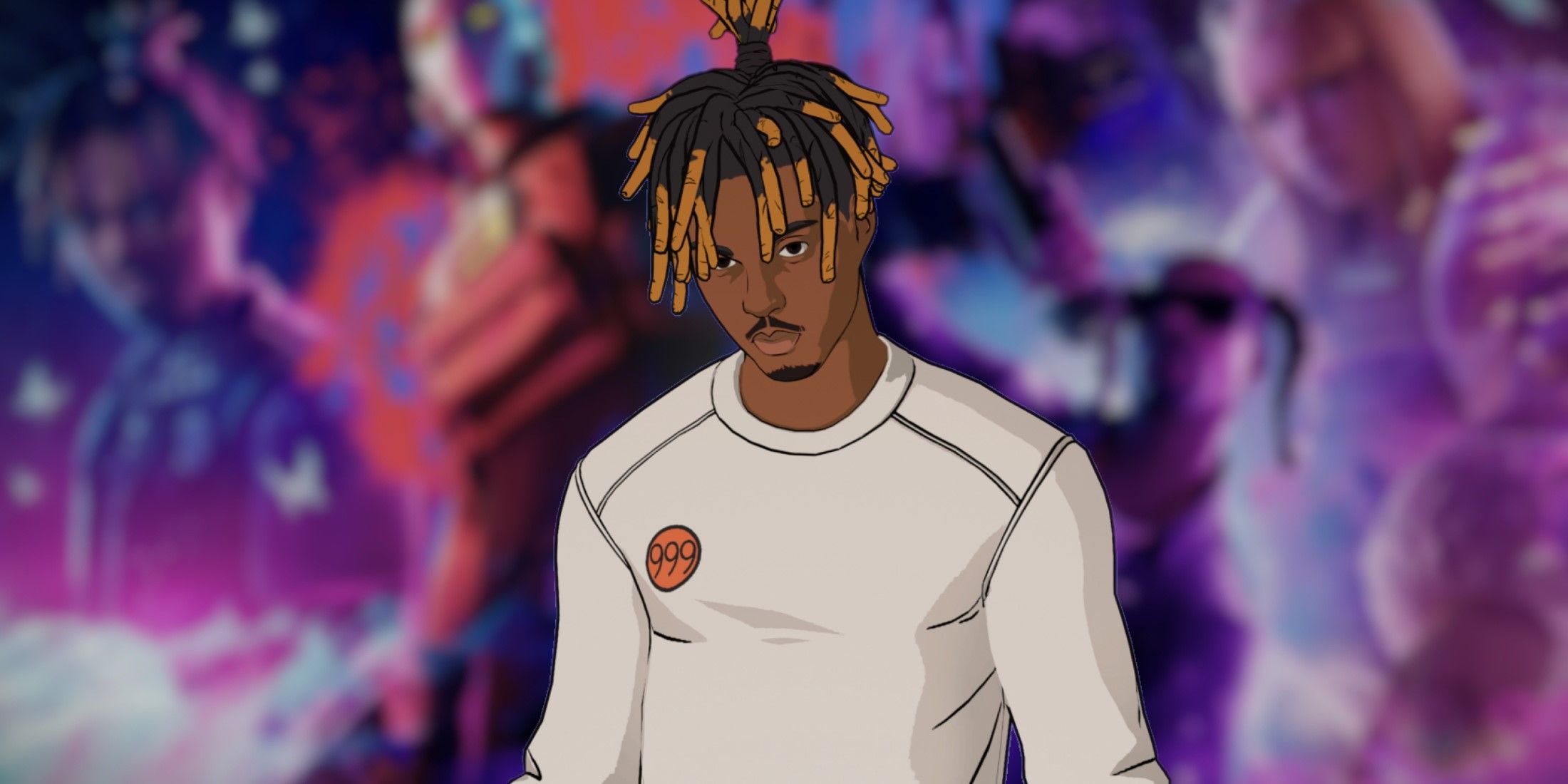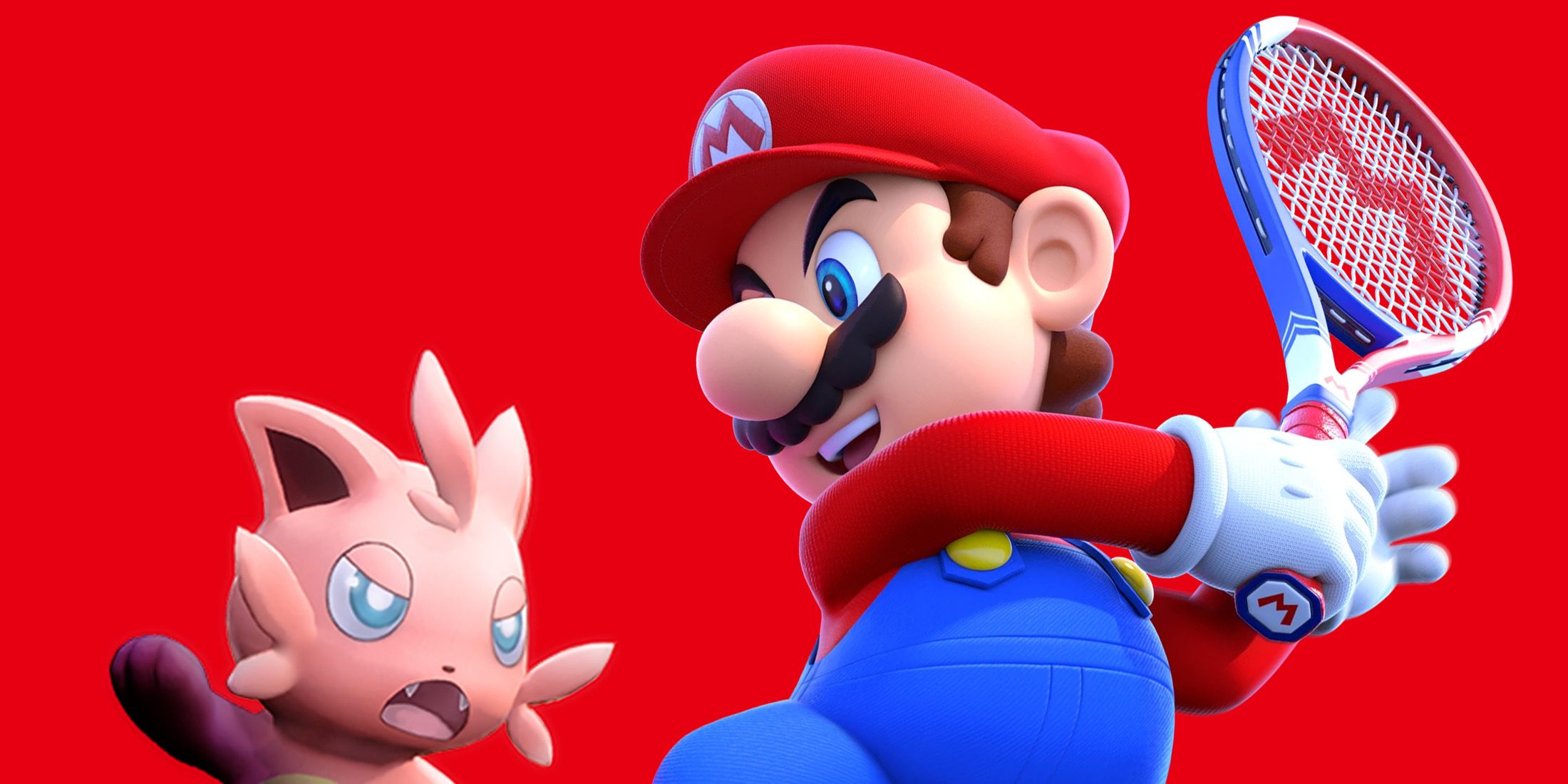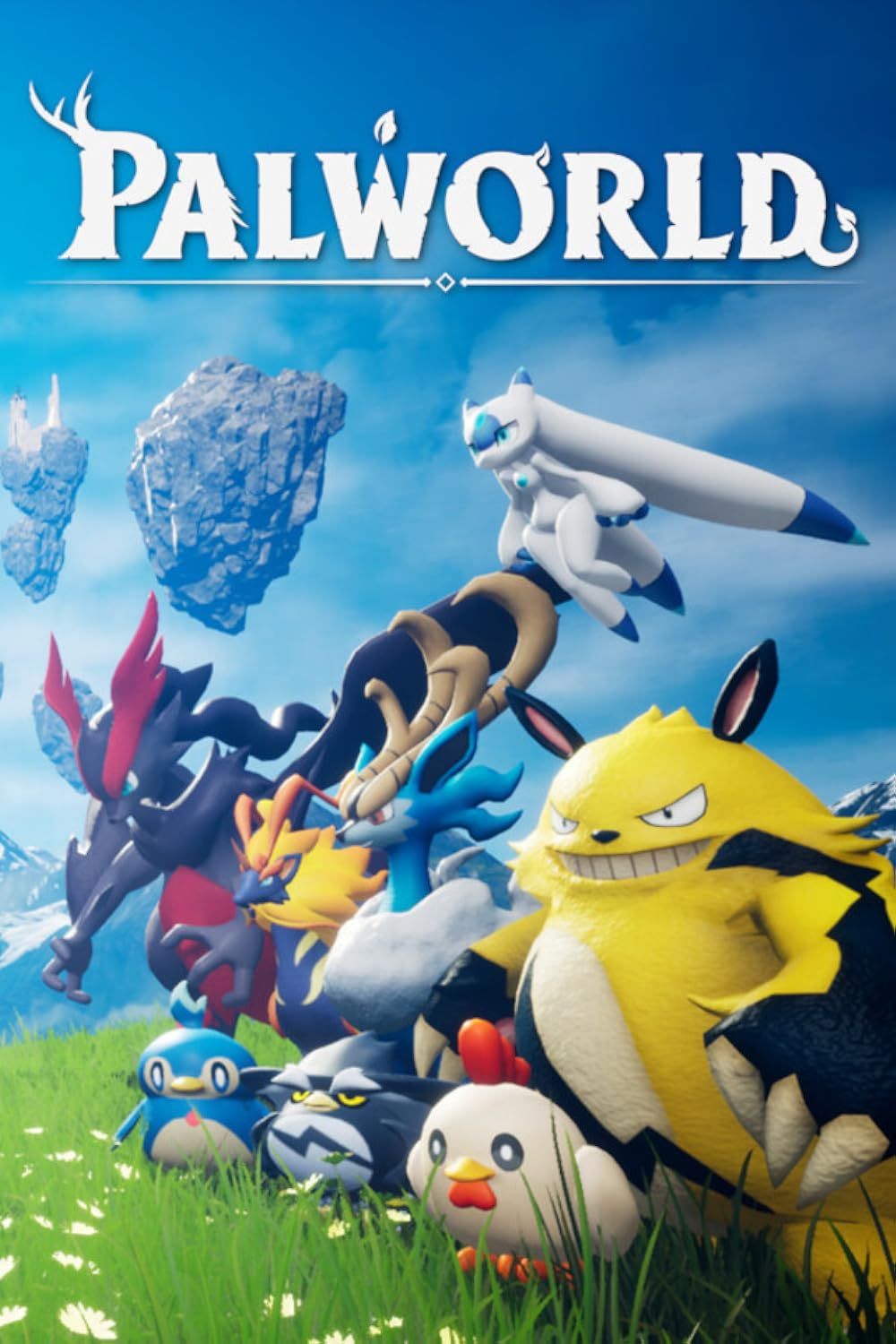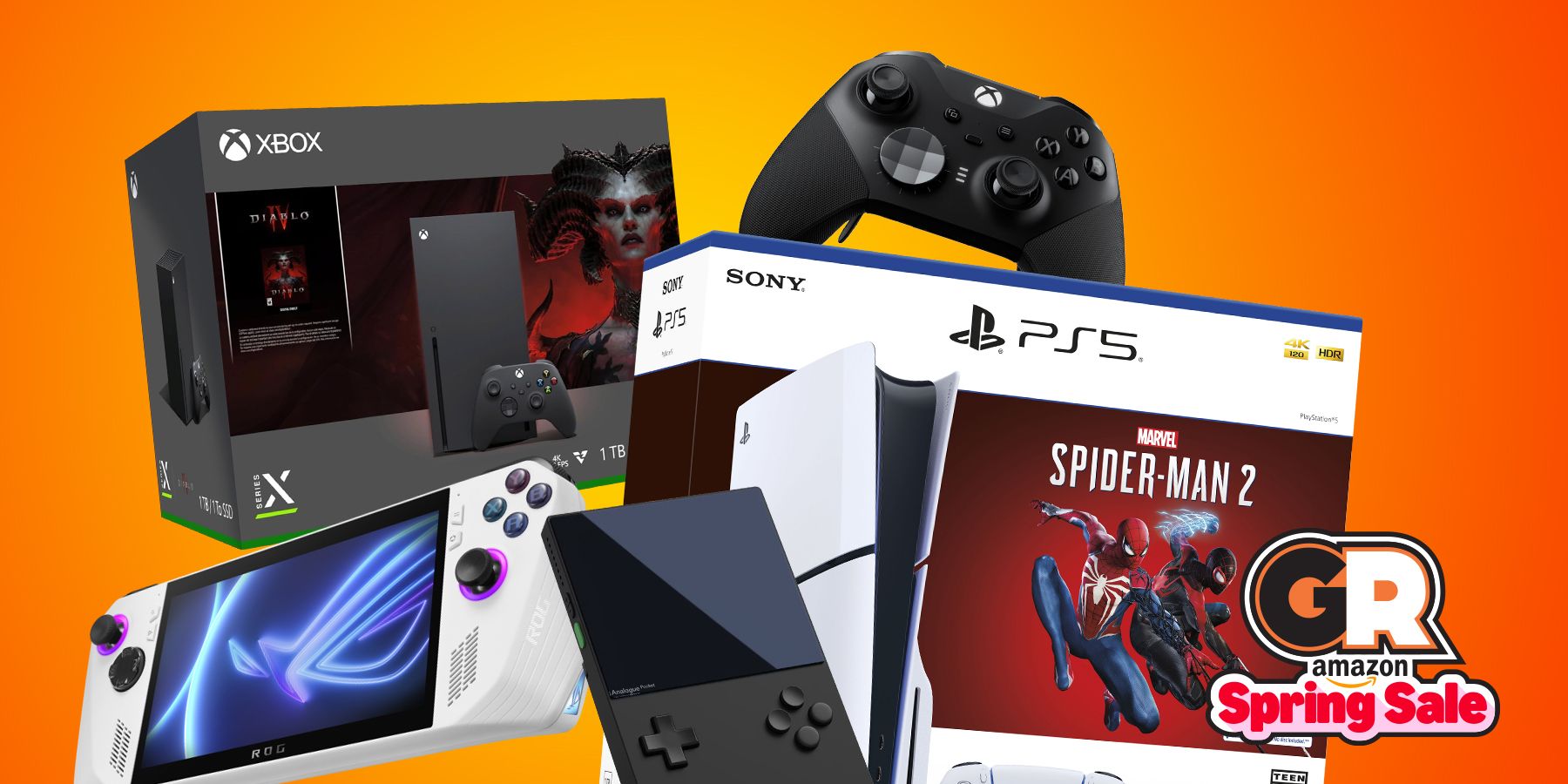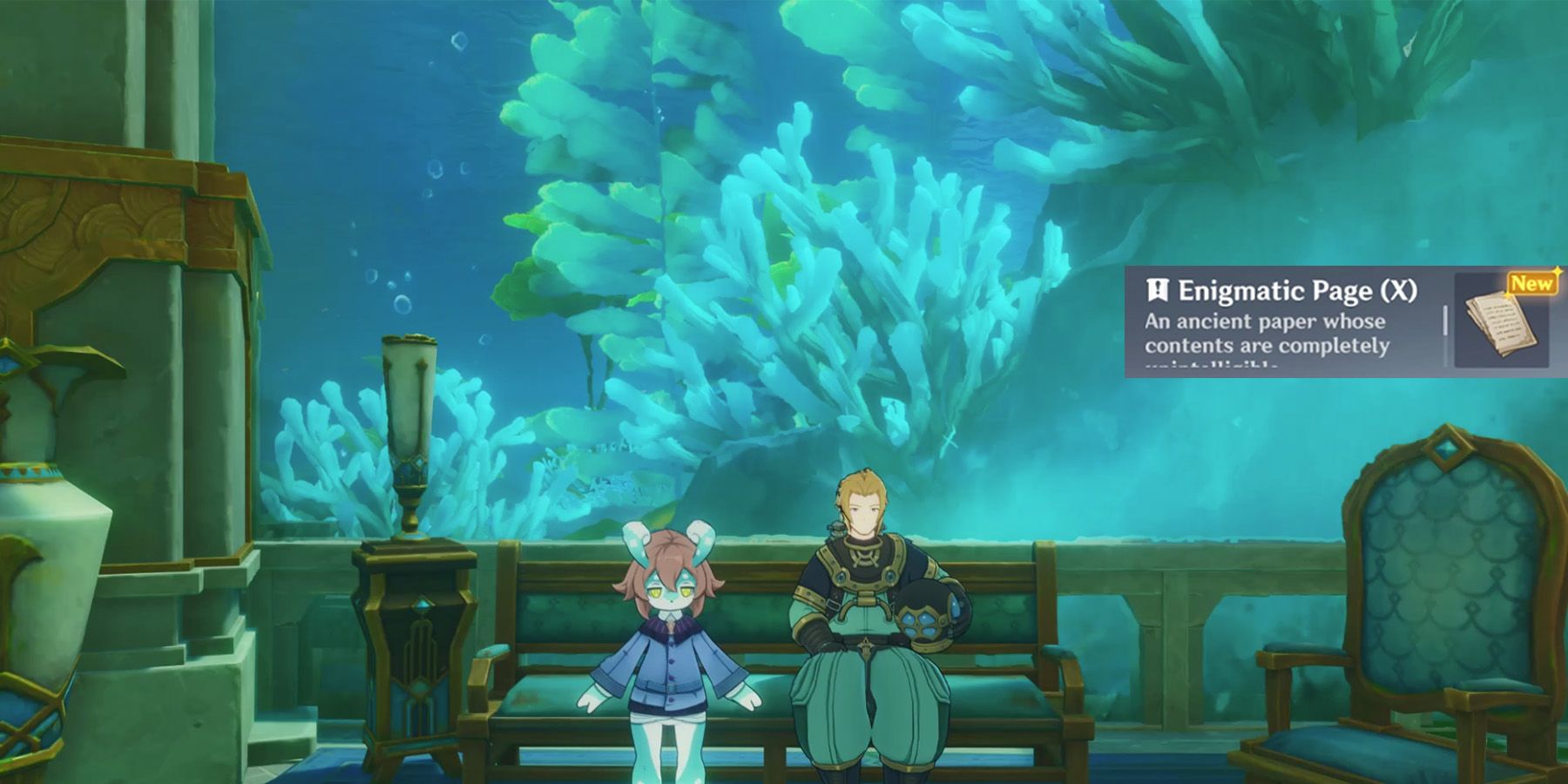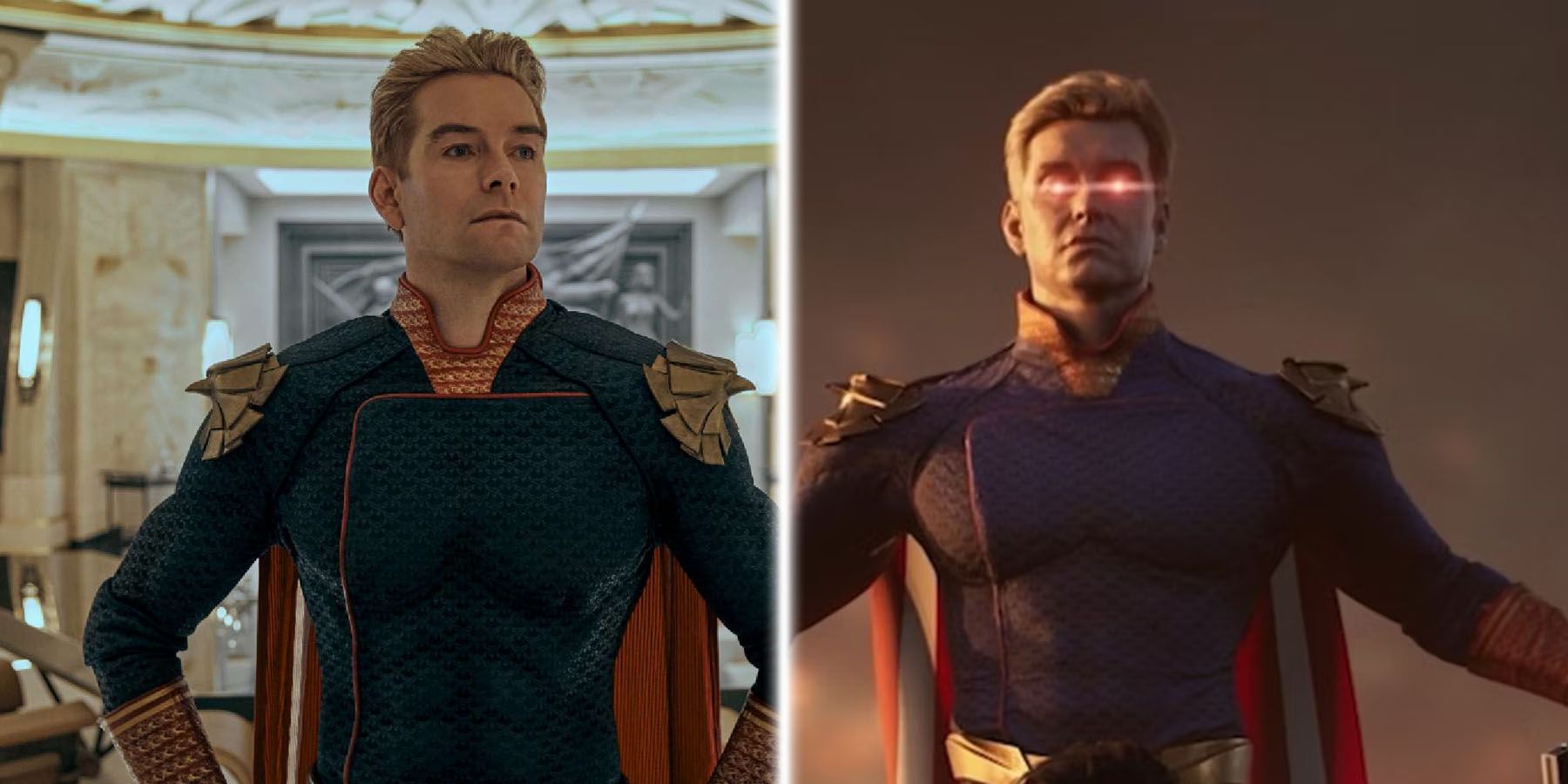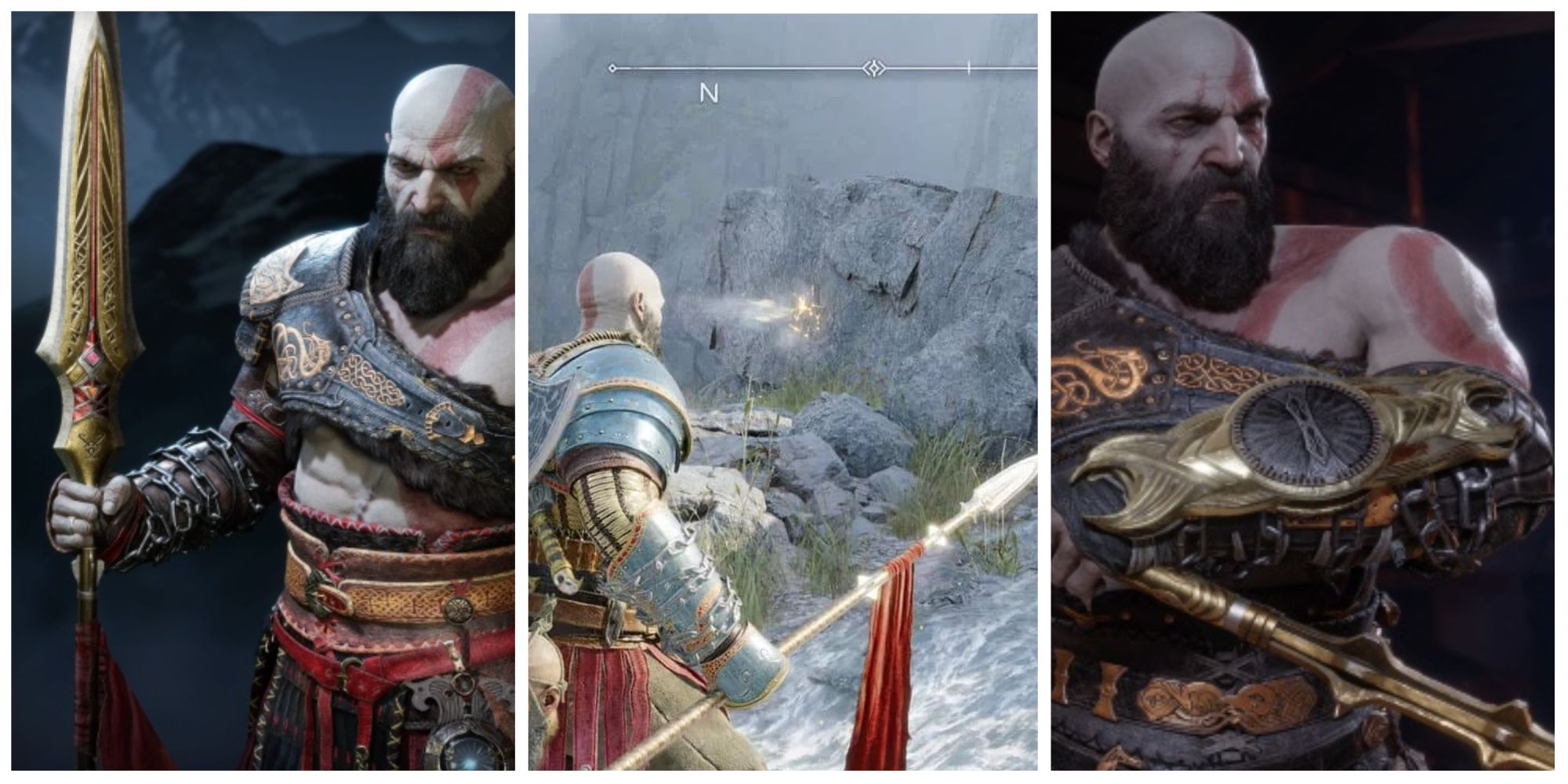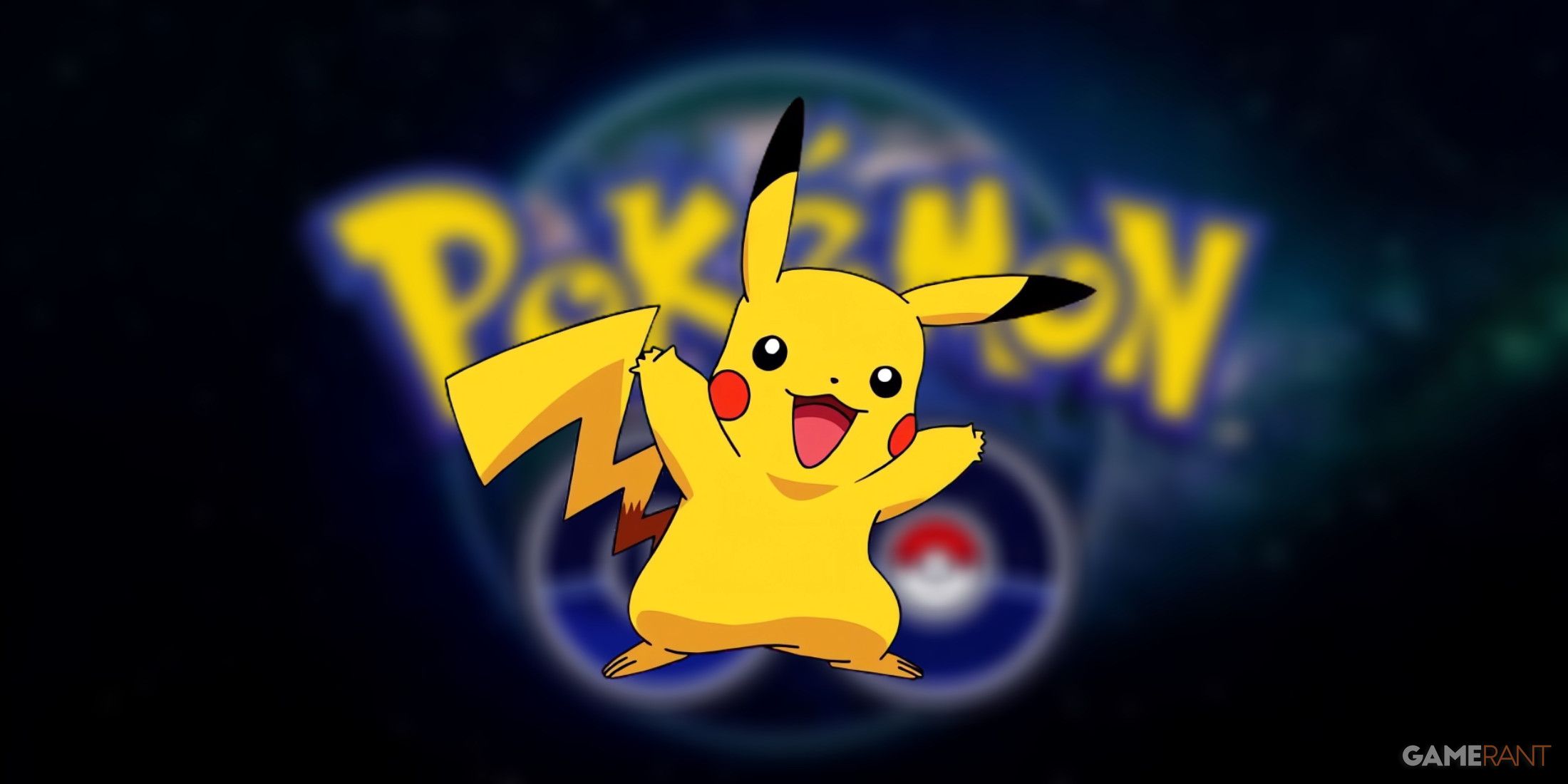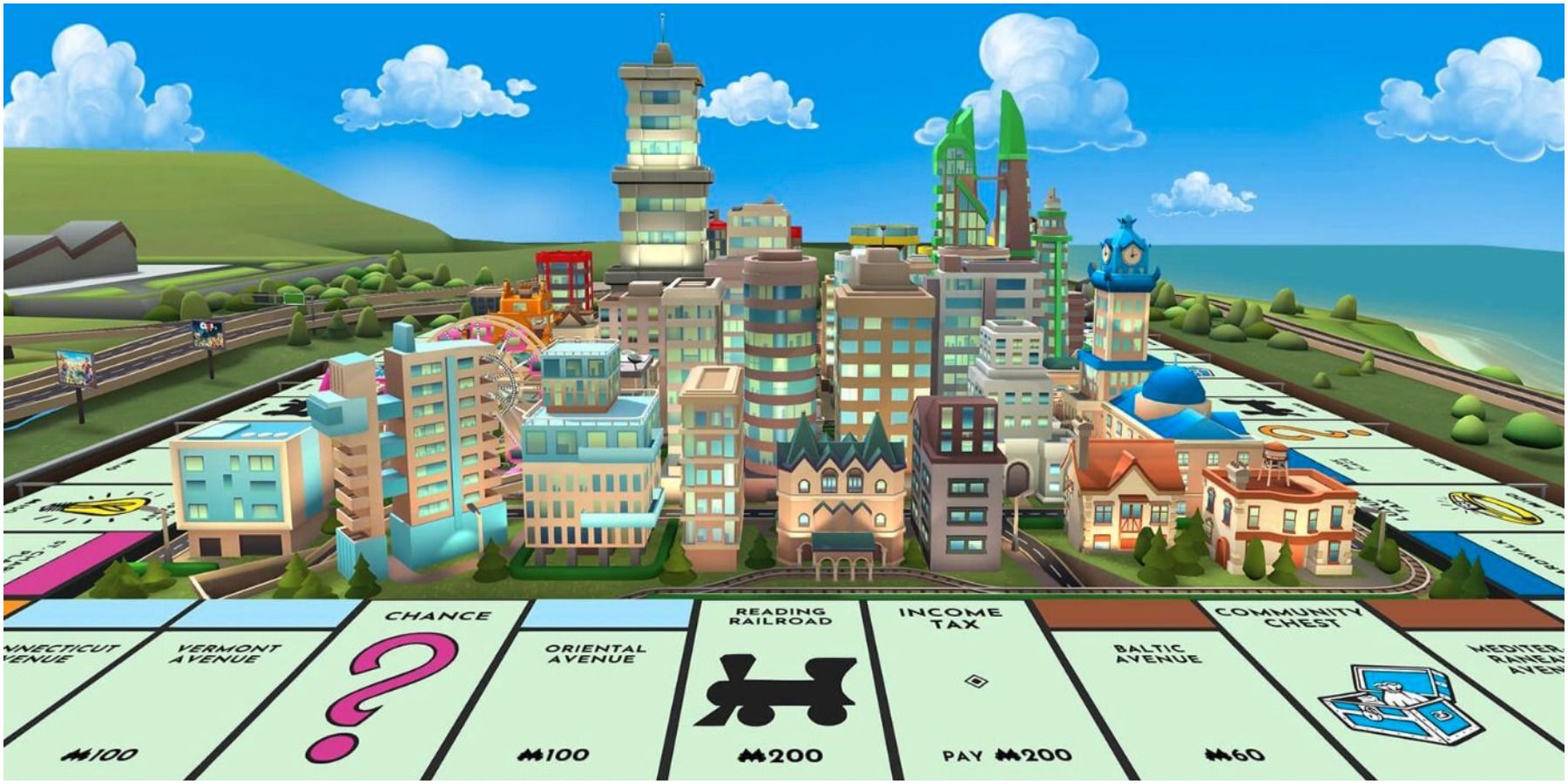Key Takeaways
- Nintendo’s Palworld lawsuit is “a clear case of bullying,” says veteran patent analyst Florian Mueller.
- The patents central to the ongoing case may be invalid, as they combine “token references” to generic hardware and software with game rules, something that’s inherently unpatentable.
- The Palworld patent lawsuit could take “several years” to be resolved if it doesn’t end in a settlement.
Nintendo’s lawsuit against Palworld developer Pocketpair is “a clear case of bullying,” patent analyst Florian Mueller has said. He did so as part of a wider analysis of some recently uncovered details about the Palworld complaint that Nintendo and The Pokemon Company filed in mid-September 2024.
The newly emerged information was shared by Pocketpair on November 8, when the company revealed which three patents Palworld was accused of infringing. The developer also disclosed that the plaintiffs are seeking an injunction to halt Palworld sales in Japan, along with the equivalent of roughly $65,600 in royalties plus late payment damages.
Related
Palworld Studio Pocketpair Responds to Nintendo Lawsuit
Palworld developer Pocketpair issues its first response to the lawsuit that Nintendo and The Pokemon Company have filed against it.
Patent analyst Florian Mueller subsequently shared an in-depth examination of the intellectual property central to the case, labeling the lawsuit as “a clear case of bullying.” His fundamental argument is that none of the patents Nintendo claims Palworld has infringed describe any kind of technological innovation. Instead, they cover systems for capturing creatures and riding on them, mechanics that Nintendo itself acknowledged already exist in other games as part of its filings. Their only “innovative” elements are related to game mechanics, which are unpatentable everywhere in the world, Japan included.
Nintendo’s Patents Cited in Palworld Lawsuit Might Be Invalid
Nintendo circumvented this by sprinkling “token references” to generic hardware and software components throughout its filings, Mueller says. E.g., the patented creature-capture technology mentions “primary” and “secondary” hardware inputs, referring to a gamepad with an analog stick and a button. The illustration accompanying this description depicts something akin to the Poke Ball Plus controller as an example of such an input mechanism. A gamepad is ostensibly not something that could have been categorized as an innovation in late 2021, when the patent was first filed. And combining conventional controller input with something unpatentable like game rules doesn’t seemingly help the patent’s validity, either.
Although Nintendo has nonetheless managed to secure these patents in Japan, it remains to be seen whether its new IPs can survive a serious court review. For the time being, Mueller believes that “Nintendo wants to wage patent lawfare over game rules.” And while he previously opined that the Palworld lawsuit won’t do major damage, he now warns that, if successful, it could have “disastrous ramifications” for the entire gaming industry.
Nintendo wants to wage patent lawfare over game rules.
Nintendo’s Palworld Lawsuit Could Take Years To Be Resolved
Speaking to Game Rant, Mueller said that this lawsuit could take several years to be resolved if it doesn’t end in a settlement. Asked whether Pocketpair could argue Palworld is prior art, the analyst said that’s possible but complicated. Although Palworld and its creature-capture mechanics were announced in mid-2021, half a year before Nintendo applied for the first of the patents central to the case, that alone isn’t enough. “There must be more, such as a rather specific description of how the feature is implemented, in order to count as prior art [before the game’s released]” Mueller said.
